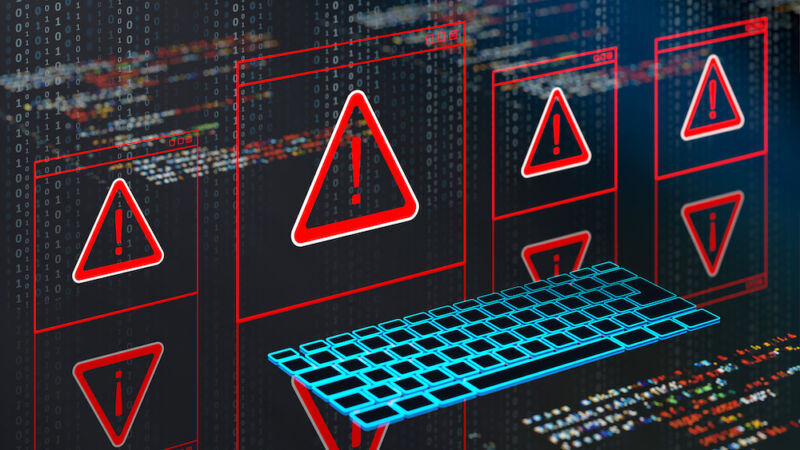As many as 2 million Cisco devices affected by actively exploited 0-day
As many as 2 million Cisco devices are susceptible to an actively exploited zero-day that can remotely crash or execute code on vulnerable systems.
Cisco said Wednesday that the vulnerability, tracked as CVE-2025-20352, was present in all supported versions of Cisco IOS and Cisco IOS XE, the operating system that powers a wide variety of the company’s networking devices. The vulnerability can be exploited by low-privileged users to create a denial-of-service attack or by higher-privileged users to execute code that runs with unfettered root privileges. It carries a severity rating of 7.7 out of a possible 10.
Exposing SNMP to the Internet? Yep
“The Cisco Product Security Incident Response Team (PSIRT) became aware of successful exploitation of this vulnerability in the wild after local Administrator credentials were compromised,” Wednesday’s advisory stated. “Cisco strongly recommends that customers upgrade to a fixed software release to remediate this vulnerability.”
The vulnerability is the result of a stack overflow bug in the IOS component that handles SNMP (simple network management protocol), which routers and other devices use to collect and handle information about devices inside a network. The vulnerability is exploited by sending crafted SNMP packets.
To execute malicious code, the remote attacker must have possession of read-only community string, an SNMP-specific form of authentication for accessing managed devices. Frequently, such strings ship with devices. Even when modified by an administrator, read-only community strings are often widely known inside an organization. The attacker would also require privileges on the vulnerable systems. With that, the attacker can obtain RCE (remote code execution) capabilities that run as root.
As many as 2 million Cisco devices affected by actively exploited 0-day Read More »





